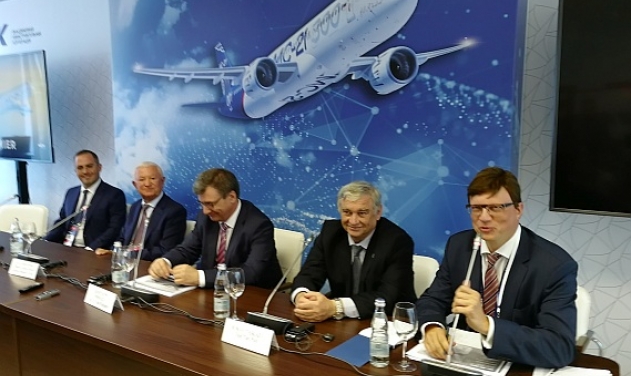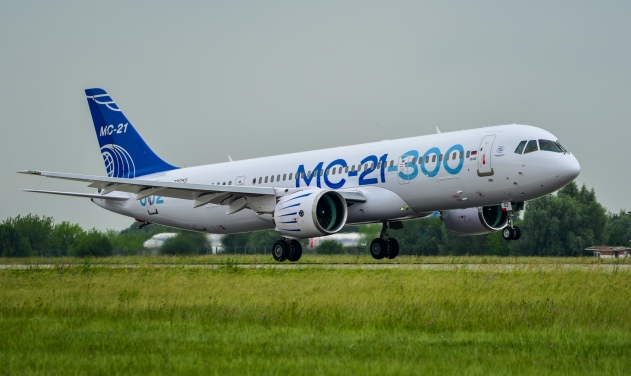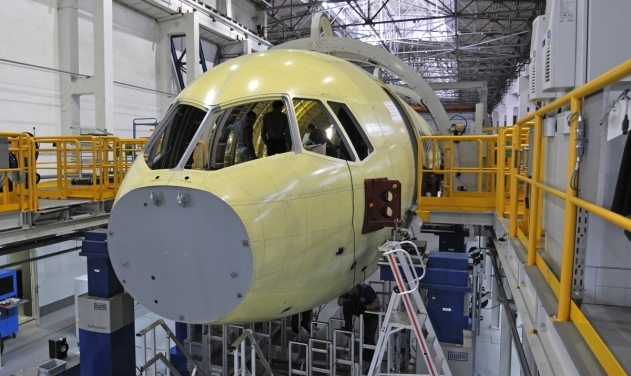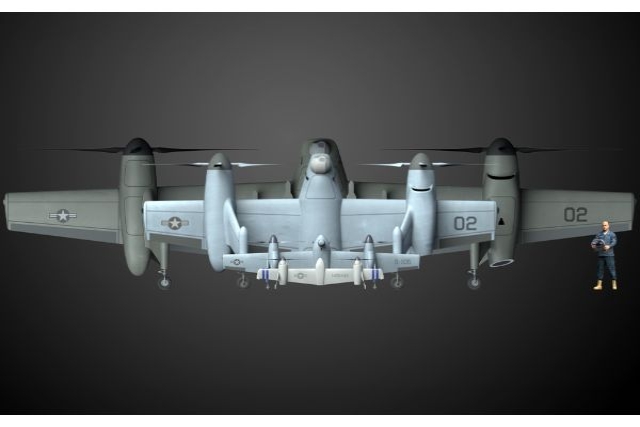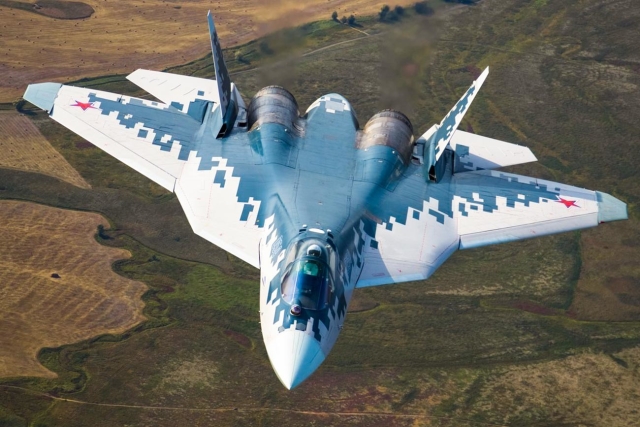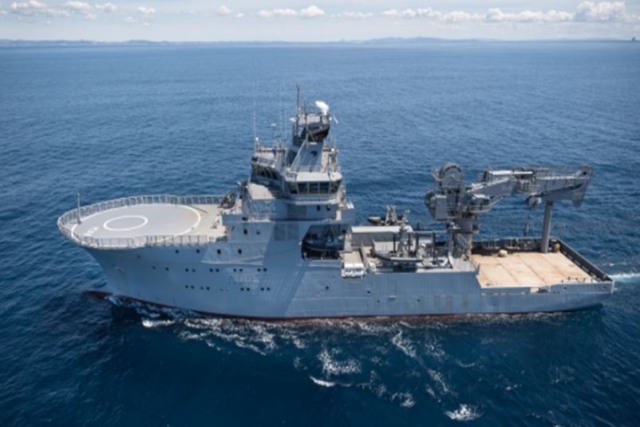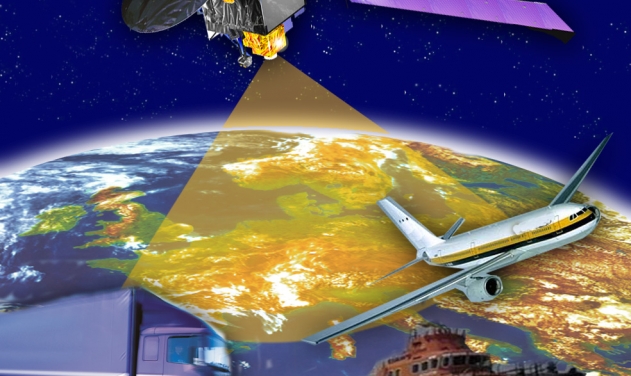Russian MC-21 Airliner Lands in Istanbul After First International Flight
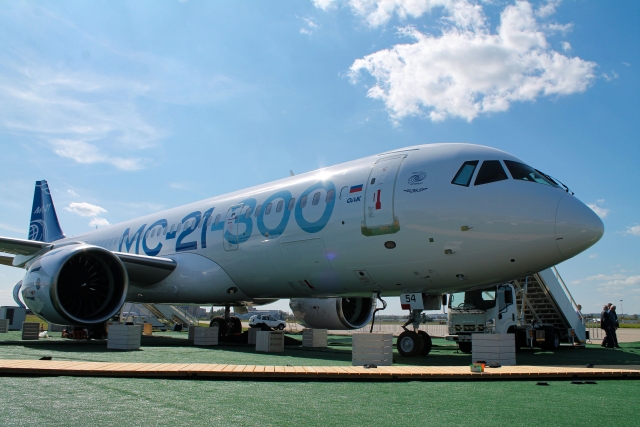
The Russian MC-21 airliner will be displayed for the first time outside Russia at the Teknofest Istanbul Aerospace and Technology Festival (TIATF) to begin tomorrow in the Turkish capital in which it arrived today marking its first international flight.
The aircraft flew from Zhukovsky airfield outside Moscow earlier and arrived in Istanbul after a three hour flight earlier today. The flight is significant because the aircraft is yet to enter serial production and the aircraft that made the flight is part of the prototypes.
Earlier international displays of the MC-21 have been mock-ups of the cabin. This is the first time that the prototype aircraft itself will be presented at an international event, its manufacturer, Irkut Corporation said today.
Irkut Corporation, a member of United Aircraft Corporation (UAC), is in charge of designing, testing, and manufacturing the MC-21-300. The MC-21-300 made its public debut at MAKS 2019, International Aviation and Space salon, which was held in late august 2019.
MC-21-300, which is shown at the MAKS 2019 air show, is exhibited in two-class configuration, which also includes test equipment installed in the rear of the passenger cabin.
Irkut Corporation sees good prospects for the MC-21 at time when its closest rival, the Boeing 777 Max is having problems related to its software that have been blamed on two crashes.
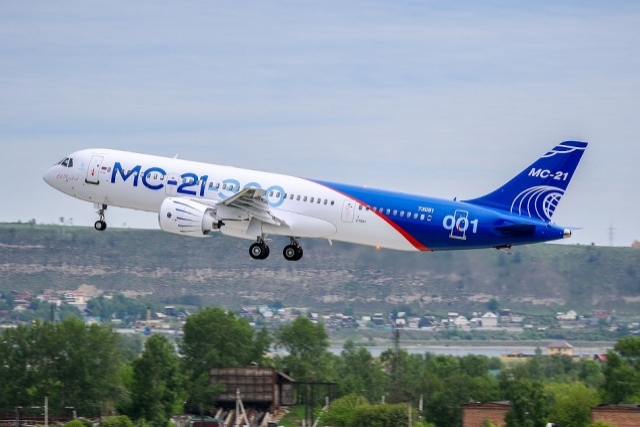
It is expected that the fourth MC-21-300 test vehicle will start performing flight tests in 2019. Another MC-21-300 is being assembled to go through flight tests with Russian PD-14 engines.
During the flight tests, the aircraft performed flights at altitudes and speeds that are typical for the main operating modes. The maximum values were achieved: altitude – 12,500 m, M – 0,89, true speed – 949 km/h, and flight duration — 6,2 hours.
Flight tests confirmed the correctness of the main design and technological solutions. Flights are operated by test pilots from Yakovlev Engineering Centre (design and engineering unit of Irkut Corporation), pilots-experts of LII Gromova, GosNIIGA (State Research Institute of Civil Aviation), and the European Aviation Safety Agency.
